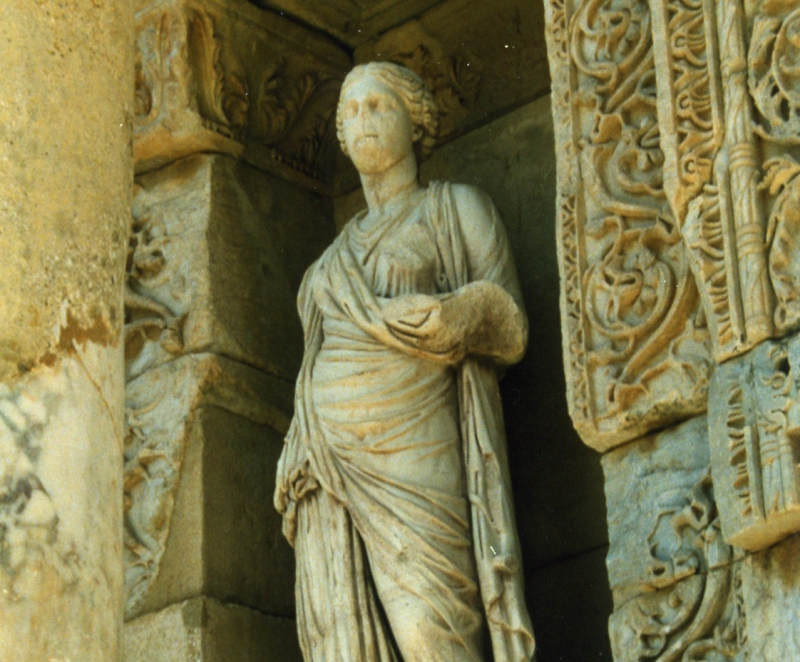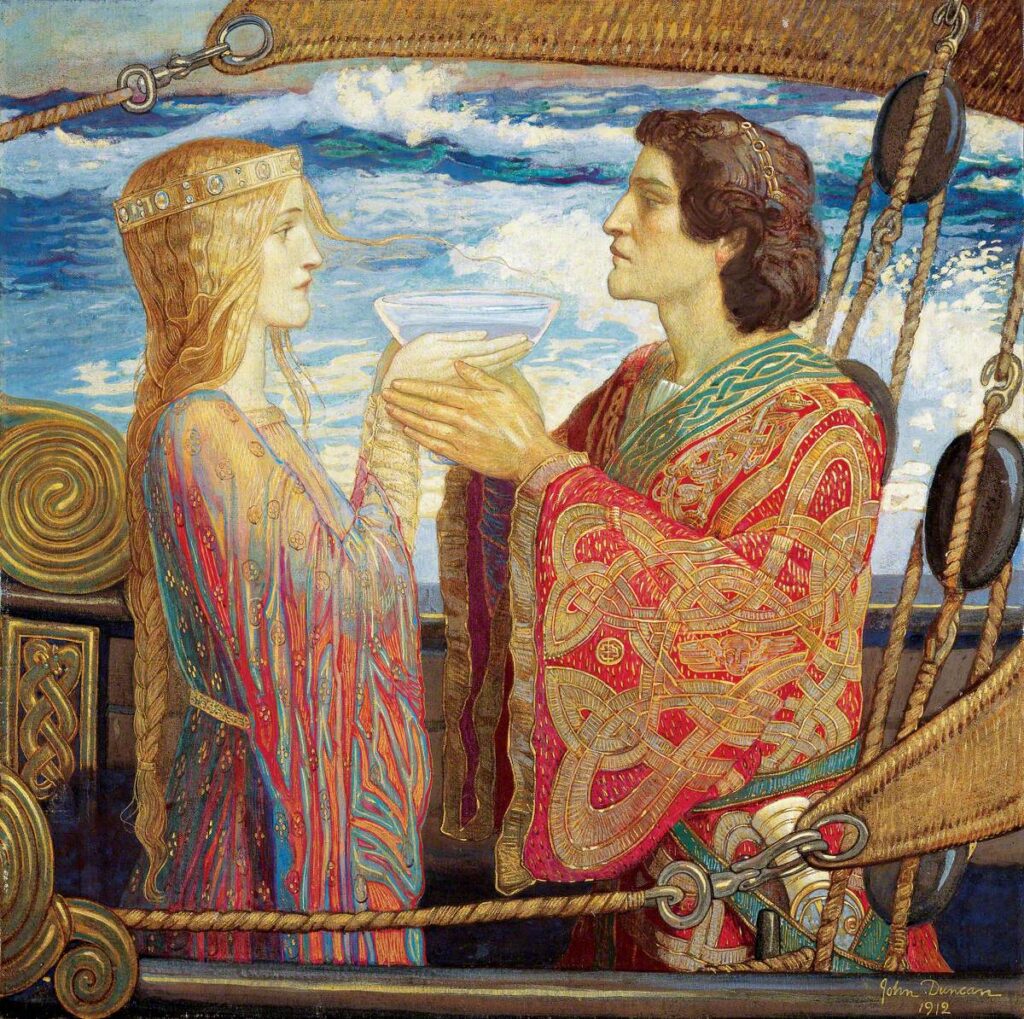Focus On: (368) Haidea
Name origin: Unknown. There is a 19th century comic opera, Haydée, featuring the titular character as a slave girl who is really a princess and ultimately marries her beloved. A Haidee was also associated with the fictional libertine Don Juan, and a Haydée appears in The Count of Monte Cristo by Dumas père.
Focus On: (368) Haidea Read Post »










